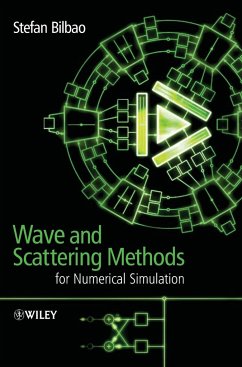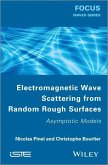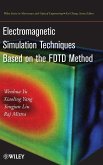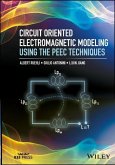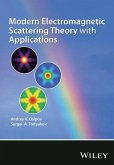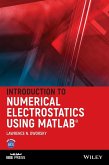Physical phenomena, such as the vibration in acoustic instruments, for example, can usually be modelled in terms of partial differential equations. Various methods exist for doing this and the ultimate choice of method is often a trade-off between the accuracy of the solution provided and the computational power required to achieve it. This book presents a unified treatment of a family of methods that have evolved independently and offers a numerical simulation method that may be applied to a range of distributed systems in diverse simulation environments. The author investigates the relationship between this method and other techniques such as wave digital filters, and develops a unified general numerical simulation method that can be applied to a range of distributed systems in electromagnetics, acoustics, and mechanics.
Reliable prediction through modelling forms the basis of engineering design. Circuit-based methods for the numerical integration of partial differential equations offer electronic and electrical engineers a simple and verifiable technique for defining efficient and stable models. The digital waveguide method, traditionally popular in the field of sound synthesis, becomes less reliable when applied to multidimensional systems and/or non-ideal media.
_ Provides a comprehensive overview of circuit-based numerical integration methods.
_ Presents a unified simulation method with potential applications in electromagnetics, acoustics, mechanics and digital signal processing.
_ The first book to cover these important simulation techniques in the English language.
_ Extends the application of traditional EE techniques to problems in civil and mechanical engineering bringing together four distinct research communities: wave digital filters, digital waveguide mesh, transmission line matrix, and general finite differences.
The author investigates the relationship between this method and other techniques such as wave digital filters, and develops a unified general numerical simulation method that can be applied to a range of distributed systems in electromagnetics, acoustics and mechanics.
Reliable prediction through modelling forms the basis of engineering design. Circuit-based methods for the numerical integration of partial differential equations offer electronic and electrical engineers a simple and verifiable technique for defining efficient and stable models. The digital waveguide method, traditionally popular in the field of sound synthesis, becomes less reliable when applied to multidimensional systems and/or non-ideal media.
_ Provides a comprehensive overview of circuit-based numerical integration methods.
_ Presents a unified simulation method with potential applications in electromagnetics, acoustics, mechanics and digital signal processing.
_ The first book to cover these important simulation techniques in the English language.
_ Extends the application of traditional EE techniques to problems in civil and mechanical engineering bringing together four distinct research communities: wave digital filters, digital waveguide mesh, transmission line matrix, and general finite differences.
The author investigates the relationship between this method and other techniques such as wave digital filters, and develops a unified general numerical simulation method that can be applied to a range of distributed systems in electromagnetics, acoustics and mechanics.

